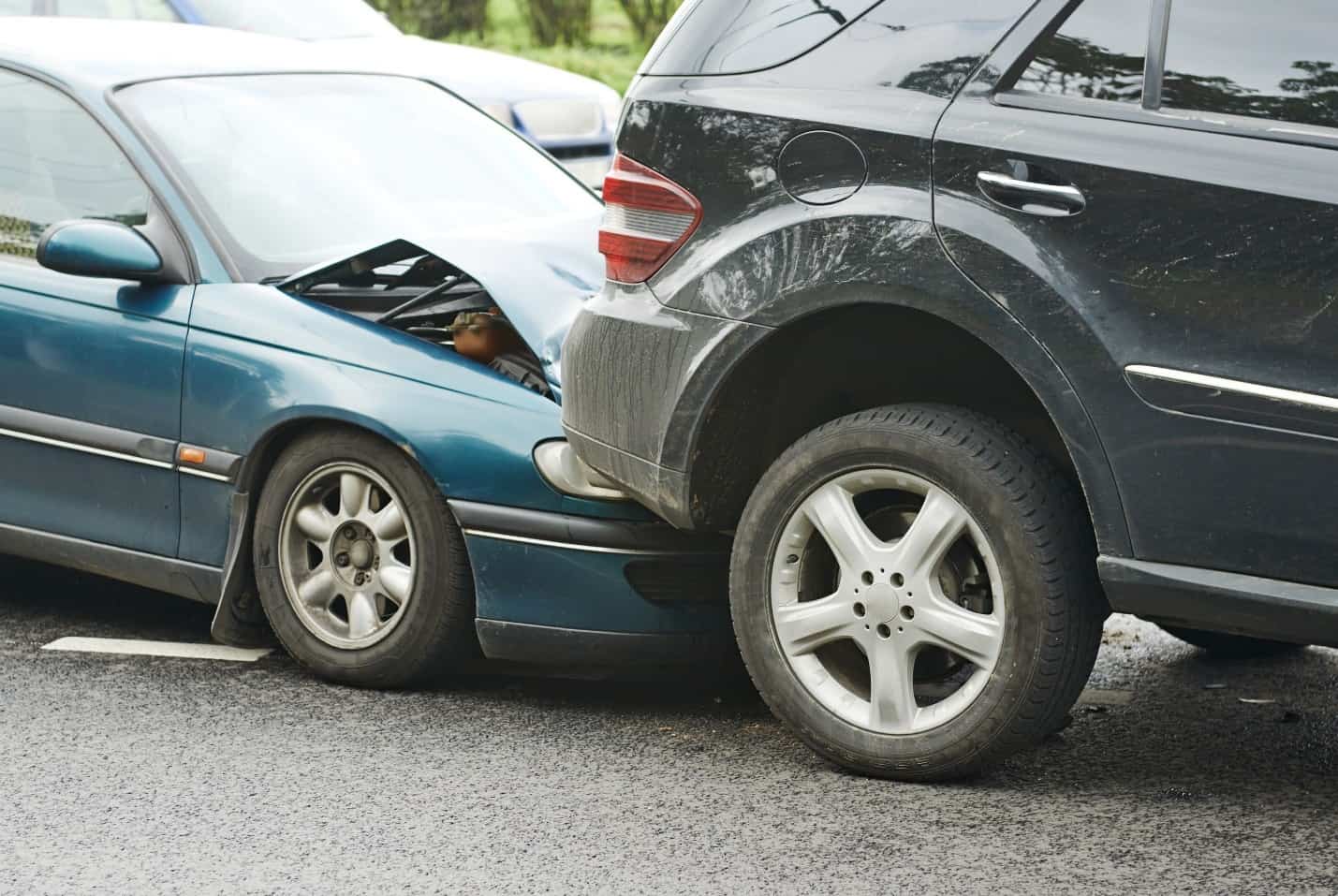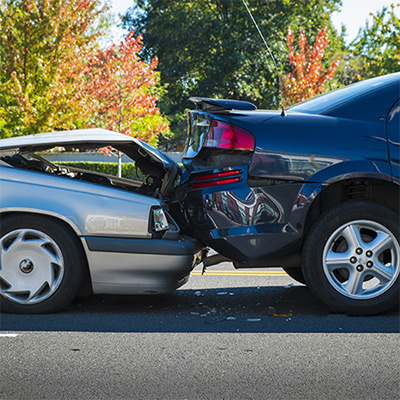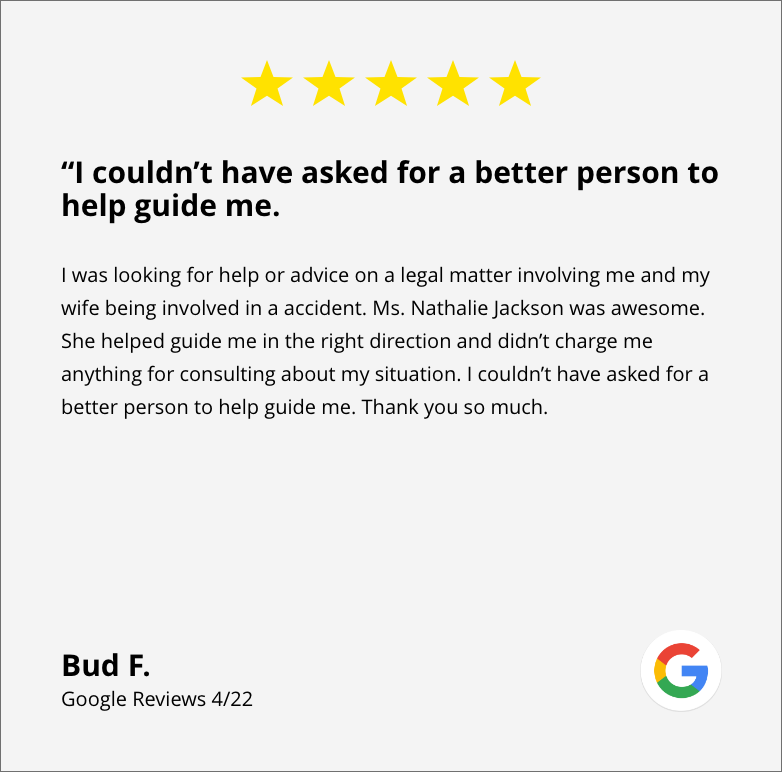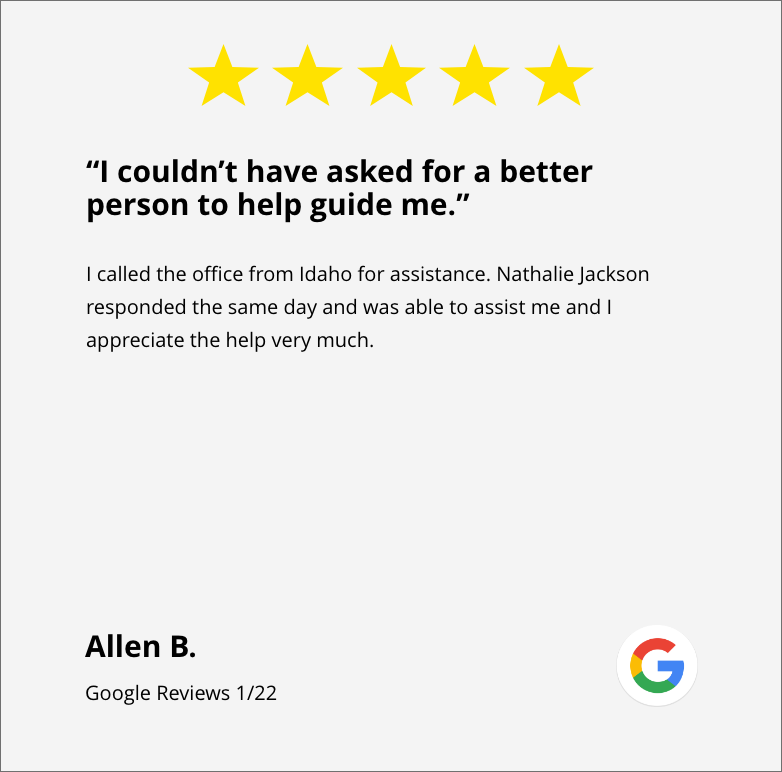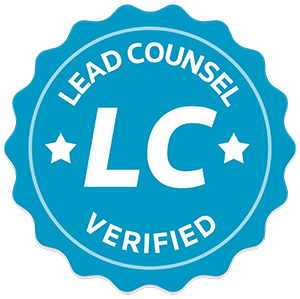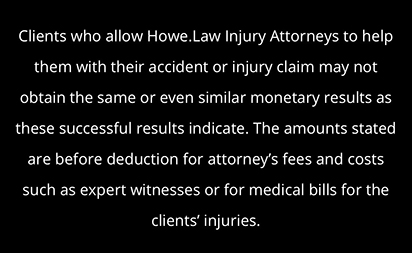Alabama has a lot of rural areas where a car or truck is the only available mode of transportation. As such, the state has strict laws regarding vehicle and driver safety, including seatbelts.
Alabama requires drivers and passengers to wear seatbelts while a vehicle is in motion. Failure to abide by this law might lead to trouble with law enforcement. The bigger issue is what happens if you are not wearing a seatbelt in an accident. Seatbelts have been proven time and again to save lives in accidents. Failure to wear a seatbelt might lead to severe injuries or death. Even so, failure to wear a seatbelt is not allowed to be considered contributory negligence, and you might need a lawyer to protect your interests in an insurance claim or lawsuit. Certain people are exempt from Alabama’s seatbelt requirements, often because of the kind of vehicle they drive or what they do for work.
If you were cited for failing to wear a seatbelt or not wearing a seatbelt during a crash, contact our Alabama car accident lawyers for help. For a free case review, call Howe Law at (844) 876-4357.
Seatbelt Laws and Restrictions in Alabama
Alabama imposes strict seatbelt laws under the Alabama Safety Belt Use Act of 1991. Not only are traffic citations possible for drivers who fail to wear a seatbelt, but the likelihood of injuries increases substantially. According to Ala. Code § 32-5B-4(a)(1), all occupants of a vehicle that has safety belts in accordance with Federal Motor Safety Standards must wear the belt while the car is moving. This law applies to both drivers and passengers.
While seatbelt violations are taken seriously by law enforcement officials, there is only so much they can do. You may be cited and instructed to buckle up if you are pulled over. Other than that, there is not much more the police can do. The purpose of the law is to ensure driver safety, not impose harsh penalties. According to Ala. Code § 32-5B-8(c), the police are not permitted to search your car or any occupants based only on a seatbelt violation.
It might seem like a seatbelt violation is minor, and in the grand scheme of things, it is not an incredibly serious offense. However, seatbelt laws are so strictly enforced because they save lives and help prevent injuries during accidents. Whether or not you wore a seatbelt, our Birmingham car accident attorneys can help you get compensation if you were injured in a collision.
What if I Was Not Wearing a Seatbelt During a Car Accident in Alabama?
Failing to wear a seatbelt is not just a legal violation but also an incredibly serious safety risk. Without a seatbelt, drivers have been thrown through windshields and onto the pavement if the impact force is hard enough. In such situations, injuries are often catastrophic, and drivers sometimes need long-term medical care.
Failing to wear a seatbelt during an accident is definitely not good, but the law prevents insurance companies or other drivers from using it against you, at least to a certain extent. According to Ala. Code § 32-5B-7, neglecting to wear a seatbelt in a crash may not be considered evidence of contributory negligence. If you were not wearing a seatbelt when you were injured, the insurance company cannot use this information to limit its liability and reduce your compensation.
The law here does not mention whether the lack of a seatbelt can or cannot be used as evidence of contributory negligence in a personal injury lawsuit, which means you might be in trouble in a lawsuit. Essentially, if our Valdosta car accident attorneys help you file a lawsuit against the negligent driver who caused the accident, the other driver could point to your lack of a seatbelt as evidence of your own negligence and claim your own actions led to your injuries. In such cases, plaintiffs risk having possible damages awards reduced.
Legal Penalties for Not Wearing a Seatbelt in Alabama
As briefly discussed above, there may be legal penalties for drivers who fail to wear a seatbelt. Generally, the police do not stop drivers only for seatbelt violations. There must be probable cause for the stop in the first place, and the seatbelt violation is usually secondary. For example, a driver might be pulled over because the police officer saw them run a red light. Once the officer approached the vehicle, they saw the driver was not wearing a seatbelt.
You may be issued a citation if you or one of your passengers is not wearing a seatbelt. Generally, an adult occupant in the car is the one charged. For example, if you were wearing a seatbelt, but your young child in the backseat was unbuckled, you might still be issued a citation.
Under Ala. Code § 32-5B-5, the penalty for a seatbelt violation is a fine of $25. Again, the main purpose of seatbelt laws is not to enforce harsh penalties for violations but to encourage safety on the road.
Exemptions and Exceptions to Alabama Seatbelt Laws
Although most drivers on the road in Alabama must abide by seatbelt laws, some drivers are exempt. According to Ala. Code § 32-5B-4(b), the following drivers do not necessarily have to wear a seatbelt or safety belt:
- Children who need to use car seats or other child-appropriate restraints
- People who cannot wear a seatbelt for medical reasons
- Mail carriers
- Drivers who deliver newspapers or other mail
- Passengers riding in cars with a model year from before 1965
- Passengers in vehicles that would ordinarily operate in reverse
These exemptions are important to note, especially if someone on this list is involved in a car accident. While the lack of a seatbelt might be an issue in a lawsuit for other drivers, our Alabama car accident attorneys can help you assert that you were exempt from seatbelt requirements.
Call Our Alabama Car Accident Attorneys for a Free Case Evaluation
Wearing a seatbelt is not only important for your safety but taking all necessary safety precautions can only help you in a lawsuit. Our Warner Robins car accident lawyers can help you fight for compensation if you were injured in a crash, regardless of whether you wore a seatbelt. For a free case review, call Howe Law at (844) 876-4357.
Related Articles

